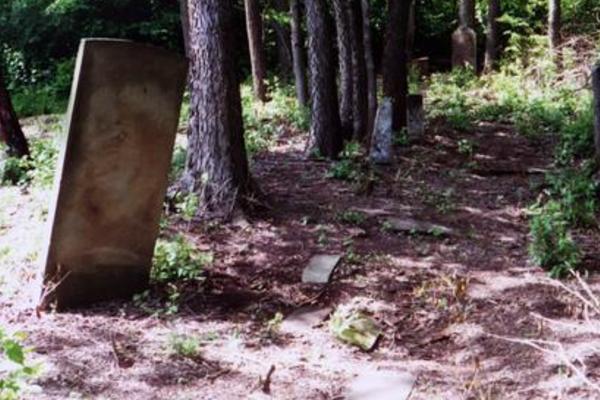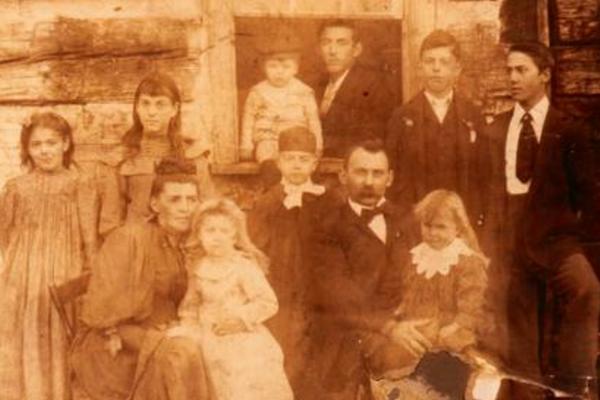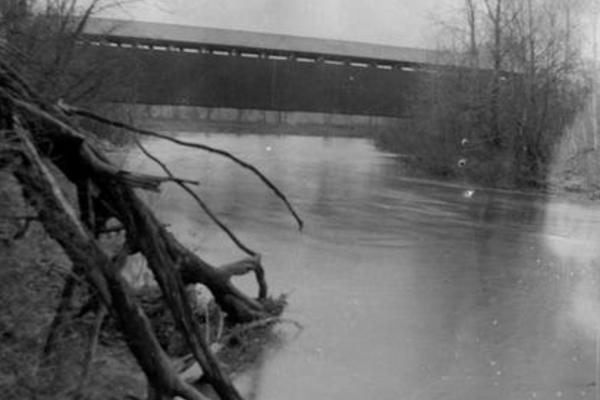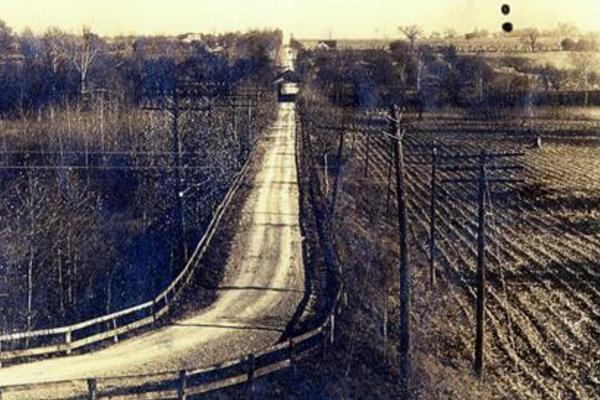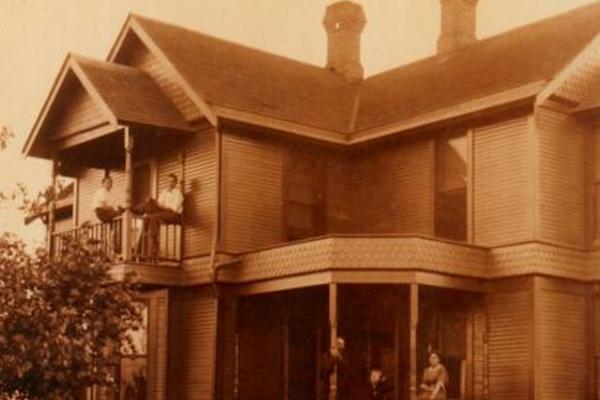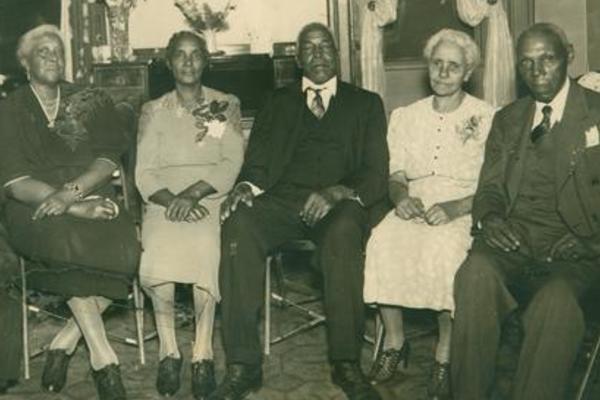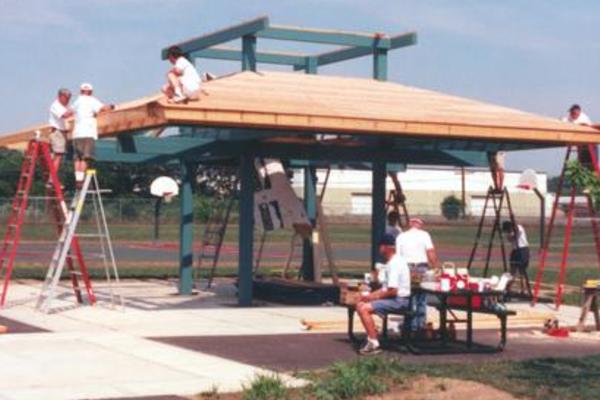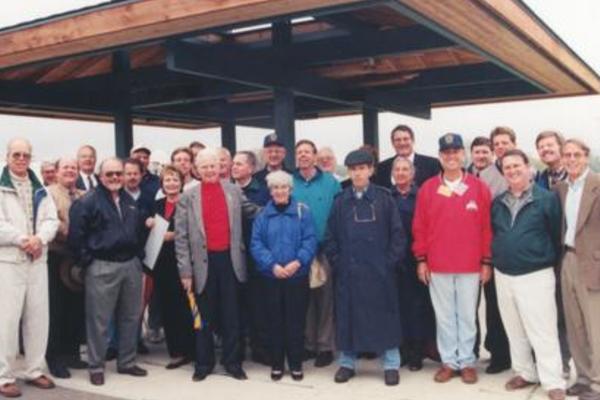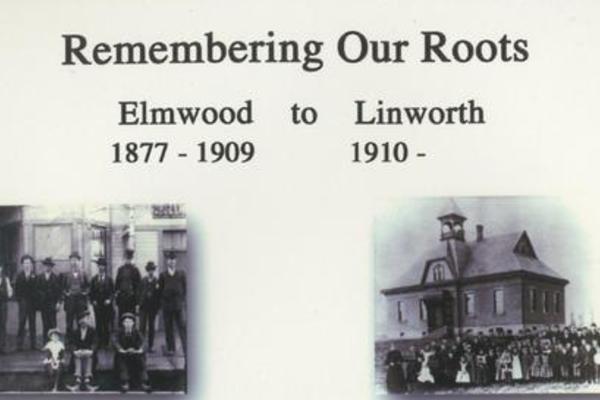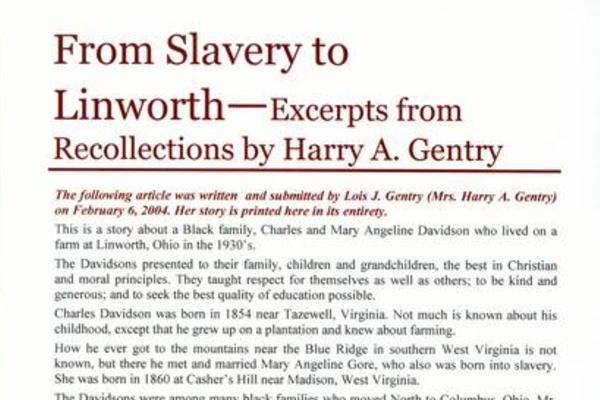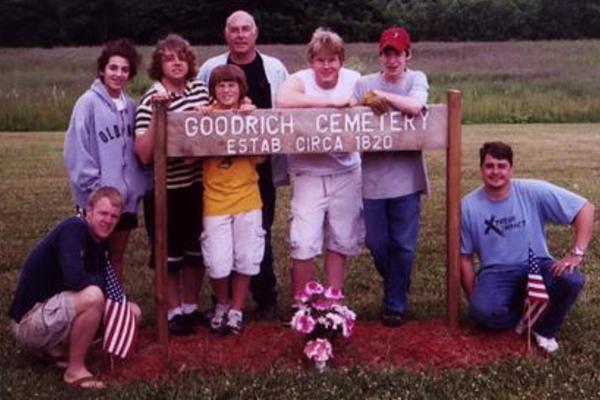Monday,
December 4, 2017
9:30am
The area of Linworth includes parts of western Worthington as well as the city of Columbus. Step inside this month's exhibit to learn more about the history of this neighborhood, including how it got its unique name.
Linworth grew out of a small village named Elmwood Station, which was established in 1877 when the Columbus to Toledo Railroad came north out of Columbus through Perry Township. Built through farm fields and groves of elm trees, the railroad brought the first passenger train through the area on January 10, 1877. Families gathered to see the steam locomotive in a service that would run from that time until 1948.
According to Remembering Our Roots: Elmwood (1877-1909) to Linworth (1910-), the first building in Elmwood Station was the railroad depot that gave it its name. Due to its prime spot along the railroad, the village drew blacksmiths, railroad workers and cattle farmers, who shipped their cattle on the railroad.
Linworth's early residents also included the Deardorff family. Ike Deardorff Sr. ran Ike's General Store in the 1880s and became the area's first postmaster in 1885. His son, Ike Jr., became the youngest postmaster in the United States at the time when he took over duties at age 25. As described in Remembering Our Roots, both Deardorffs supported the local Methodist church fundraising dinners by loaning dishes and bowls from the general store.
Charles and Mary Davidson were among the early African American settlers of Linworth. From Slavery to Linworth: Excerpts from Recollections by Harry A. Gentry describes how both had been born into slavery, but made their way to Columbus and eventually came to live as sharecroppers on a farm owned by Deardorff. The Davidsons farmed corn, soybeans and wheat there throughout the Great Depression. Although money was tight, they always had plenty of food and enjoyed gathering for family meals and conversations.
The Snouffer family was another familiar name in the Linworth area. The family came from Maryland and settled in the Linworth and Worthington areas in the mid-1800s, and their impact on the area has been profound. Not only does Snouffer Road bear the family name, by September 9, 1954, an article in the Worthington News proclaimed, "Any newcomer to Worthington is sure of one thing before very long-- there are more people per square foot in this town named Snouffer, than any other."
Elmwood took on its current name in 1910, due to one too many instances of freight bound for the village being sent to Elmwood Place near Cincinnati. The problem was solved by adopting a new name for the town that was unlikely to be repeated elsewhere: combining the "Lin" from Dublin and "Worth" from Worthington yielded the unique moniker of Linworth, a name that stands to this day.

